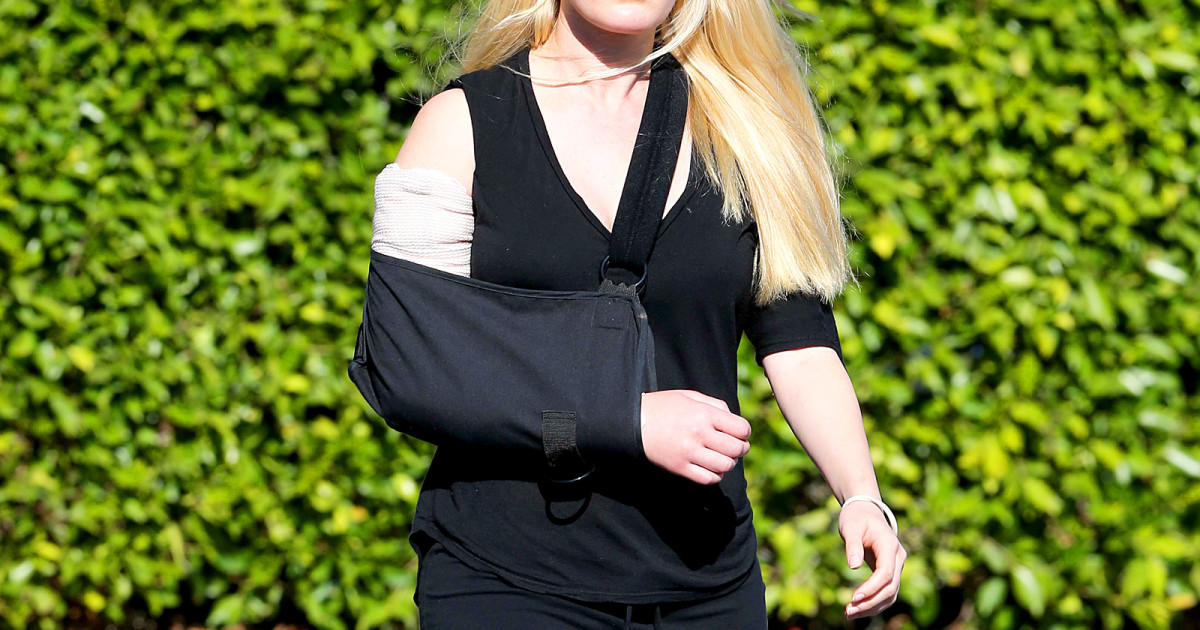Ways To Treat Shoulder Subluxation
A shoulder subluxation happens when the humerus bone in the upper arm partially dislocates from the shoulder joint. Since the shoulder joint allows for a wide range of movement of the arm, it is one of the easiest areas to dislocate. It can be caused due to trauma from a fall or impact injury or from abnormal movement of the arm in any direction. It usually presents with swelling, redness, weakness, and extreme pain as torn ligaments often accompany a subluxation. A shoulder subluxation is different from a full dislocation, but it can be hard to tell without having an x-ray. Sometimes a shoulder subluxation can pop back into its socket on its own, but it is imperative to seek medical attention if it does not.
Get to know the options for treating a shoulder subluxation now.
Wear A Sling For Immobilization

Once the bone has returned to its original position whether on its own, from a closed reduction, or from a surgical procedure, one should wear a sling for immobilization. Immobilizing the arm and shoulder will help keep the bone in its socket while the ligaments and tendons heal. This will prevent repeat shoulder subluxation or complete dislocation. This will also help minimize unnecessary movements, as well as pain intensity. Minimizing movement or stretching of the arm will help speed recovery. A sling should fit comfortably around the neck while holding the lower arm at a ninety-degree angle to the upper arm. If too much pressure is put on the neck, further injury could result.
Keep reading for more methods of treating a shoulder subluxation now.
Take Pain Medication As Directed

If a doctor must put the arm back into its socket with a closed reduction, patients may be given a pain reliever beforehand to help minimize pain during the procedure. Pain medication for a shoulder subluxation may also be prescribed after the procedure if the pain is severe. If surgery is required, pain medication will be prescribed for the days following surgery. It is important to take pain medication as directed as some prescribed medicines can become addictive when used incorrectly. Many prescribed pain medications should only be necessary for a few days. If pain medication is needed long term, patients can use over-the-counter anti-inflammatories such as ibuprofen or naproxen.
Learn more about how to treat a shoulder subluxation now.
